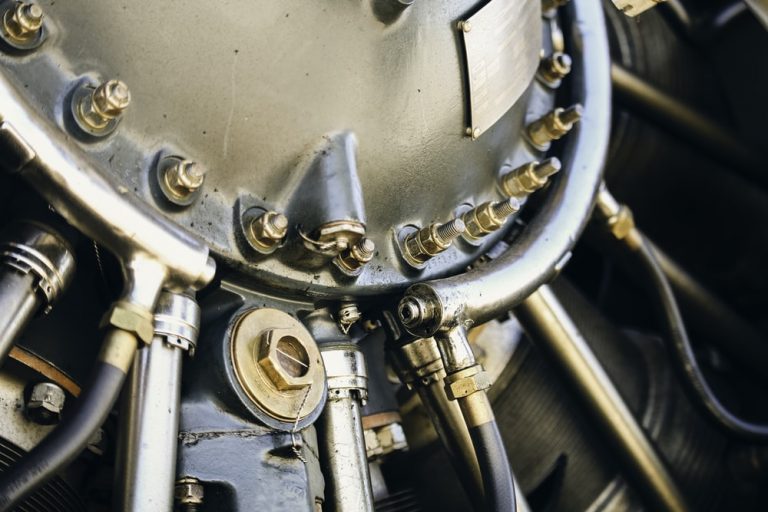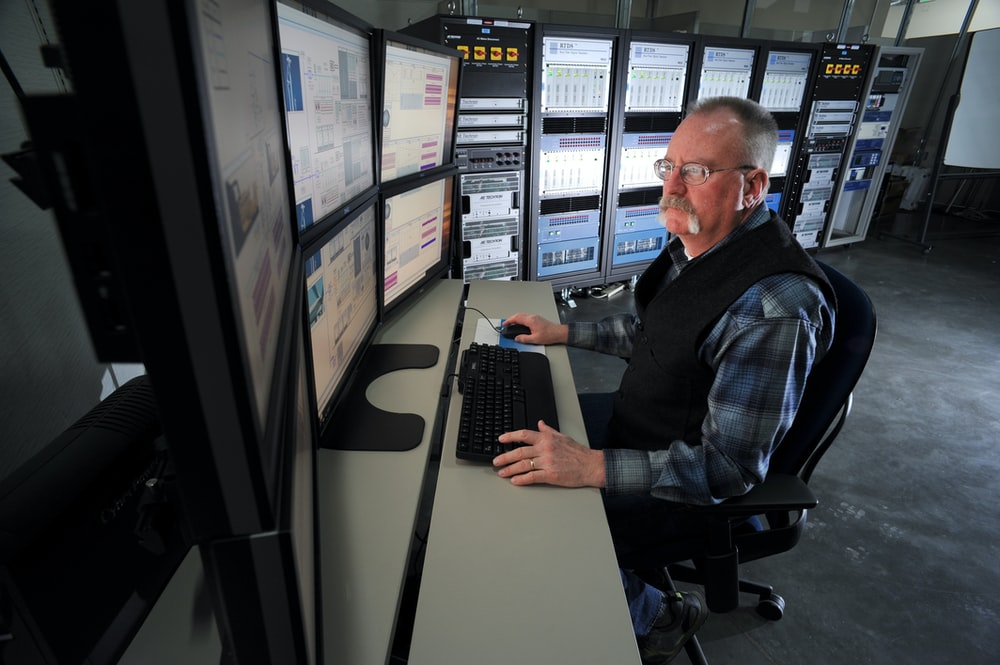3 Min Read
Best Practices
Effective asset performance management (APM) delivers significant business results – stability, reliability, predictability, improved EH&S performance (Environment, Health, and Safety), reduced costs, improved productivity, and increased revenue and profit.
Definitely worth it for asset-intensive organizations to invest time, money, and resources to develop and implement a sound APM strategy and program.
What is asset performance management (APM)?
APM comprises processes and systems that asset-intensive organizations use to monitor, assess, maintain, replace and procure the assets required for their specific business.
This entails the use of digital software solutions that collect asset performance data from various sources throughout operations and applies analytical techniques that include advanced predictive maintenance analytics and algorithms, machine learning, artificial intelligence (AI), and the Internet of Things (IoT) technology. This data is analyzed and converted into actionable intelligence to make sound operations, maintenance, procurement, and business decisions.
For an APM program to deliver maximum benefit to the organization, it must be an integrated program on an enterprise level. It is essential to align people, processes, and systems to work together towards operational excellence. Software integration is vital to bring disparate data sources together and identify asset trends and insights across all operations.
A sound APM program will enable a reduction in unplanned downtime, improved reliability and predictability, increased productivity, optimal asset performance throughout the asset lifecycle, improved EH&S performance, and improved cost management.
How can you manage assets effectively?
To effectively manage assets and deliver business results, it is important to connect systems across the business. This systems integration should include resource planning, maintenance, operations, safety and quality, inventory management, and procurement.
Asset management has evolved rapidly over the past couple of decades mainly due to the development of low-cost sensors, artificial intelligence (AI), machine learning, and the Internet of Things (IoT) technology. By integrating digital technology (IT) and operations technology (OT), huge quantities of data intelligence are available that will inform multiple maintenance strategies as part of an advanced asset performance management (APM) strategy and program.
Based on the organization’s needs, and the criticality and risks associated with each asset, an advanced APM will comprise a combination of various maintenance strategies:
1) Reactive maintenance
This could include a deliberate run-to-failure strategy on assets where the cost of repair after a breakdown is less than the cost of any other type of maintenance, and there are no significant process, safety, or environmental risks.
It also includes emergency maintenance that is performed due to a breakdown that occurred or severe asset performance impairment. These unplanned outages negatively impact reliability and predictability, put a strain on all resources, result in production losses, and is costly to repair. It is crucial that this type of maintenance is considerably minimized.
2) Preventive maintenance
This strategy includes time-based maintenance as per regulatory requirements or engineering practices. As maintenance is not based on the condition and performance of the asset, it could result in unnecessary work, the strain on resources, and increased maintenance costs.
3) Condition-based maintenance
Condition-based maintenance is based on monitoring the actual condition of an asset. Maintenance is performed when there is evidence of impaired performance or a possible failure. This approach reduces downtime, utilizes resources only when needed, positively impacts inventory and spare parts, and improves productivity.
4) Predictive maintenance
This approach utilizes real-time condition-monitoring sensors and digital technology that gather huge quantities of data. These sensors integrate with the Internet of Things (IoT) digital technology. Advanced analytics and machine learning are used to convert the data into intelligence that will inform the APM.
The aim of predictive maintenance is to predict when a failure is going to take place and determine the appropriate time for maintenance activities to take place.
Significant benefits include a reduction in unplanned downtime, improved productivity and resource planning, improved reliability and stability, and optimization of inventory and spare parts.
5) Prescriptive maintenance and operations
Prescriptive maintenance utilizes IoT technology, analytics, algorithms, and machine learning to not only predict a failure happening but also to define actions to be taken to adjust operating parameters and reduce operating risks.
This approach takes the relationship between the process, working conditions, and the asset into consideration. This technology is evolving on a continuous basis and forms an important component of the APM strategy and program.
6) Collaborative excellence
Collaborative excellence focuses on fostering collaboration between maintenance, operations, supply chain, and EH&S personnel, to operate as one team that is aligned towards achieving the same goals.
Key elements of this approach are the adaptability and flexibility of all role players to work together in preventing catastrophic failures from occurring.
Summary
APM programs evolve over time. An advanced APM will include maintenance strategies based on the criticality and risks associated with an asset. It includes various components such as real-time equipment health monitoring, asset strategy optimization, and advanced digital technology for preventive and predictive maintenance and end-of-life calculations.
A vital element of APM is collaborative excellence between different parties, from asset owners, maintenance, operations, and EH&S to equipment manufacturers and third-party service providers.

How do you develop an asset management strategy?
Whether you are developing a new asset management strategy or optimizing an existing strategy, it is important to invest time and resources to follow an in-depth, structured approach.
The world of asset management is changing rapidly with the application of advanced analytics, artificial intelligence (AI), and the Internet of Things (IoT) technology. This enables real-time asset health and performance management that informs the APM strategy. Through an advanced APM, organizations can progress from preventive to predictive and prescriptive maintenance.
When developing your asset management strategy, the following should be considered:
What types of event inventory assets should you be tracking?
With so many moving parts, in any event, you might be asking yourself what inventory assets you should be tracking. There are three inventory features you must track to ensure effective inventory management:
1) Collaboration between functions
Break down the silos. Maintenance, operations, and EH&S must share data and insights, and work collaboratively on an enterprise level to achieve shared goals.
To establish an effective APM, a fundamental understanding of the physical and mechanical, operational, and EH&S risks is a prerequisite.
2) Understanding the physical and mechanical
When developing an APM program, start by evaluating all required parameters for reliability, integrity, corrosion, and performance of all physical-mechanical equipment. This will be a key input to determine the correct balance of maintenance strategies from reactive maintenance through to prescriptive maintenance. This process includes a number of steps.
1. Assess equipment criticality: Classify equipment into critical, important, and ordinary categories
2. Analyze maintenance in terms of reliability: Analyze potential failure modes and possible breakages on critical and important assets. Identify causes and actions to be taken in order to develop appropriate maintenance strategies per asset.
3. Assess the impact of operations on maintenance: Analyze the impact of all operations activities on asset performance.
4. Develop equipment strategies: Depending on the outcome of the reliability analysis, develop reactive, preventive, predictive or prescriptive strategies for all equipment categories
5. Continuous monitoring: Install sensors on all critical and important assets to continuously monitor the asset performance and health in real-time.
3) Operational: Collaboration across all functions
For an APM to be effective and deliver business results, it is imperative that maintenance, production, and supply chain work together.
With real-time data available through continuous monitoring, technicians are equipped to accurately determine the root cause of failures. This will enable all functions across the value chain to understand the operating parameters that could result in failures impaired asset performance. Teams are aligned in terms of planning, operations, and maintenance resulting in improved inventory and cost management.
4) EH&S risks: Focus on prevention
The EH&S risk of an organization is hugely impacted by asset performance and reliability. Insurance premiums are usually based on safety risk evaluations.
Advanced APMs focus on real-time monitoring of asset health and performance to proactively predict possible failures and increase overall reliability while reducing associated EH&S risks. This directly impacts the bottom line in the form of lowered risk insurance premiums.

How can my organization improve asset management?
Systems integration is vital for improved asset management.
Any asset-intensive organization must be able to monitor, assess and maintain assets on a continuous basis. Gathering and analyzing of data to form insights and actionable intelligence is a key element of APM.
This is only possible if disparate data from different systems and functions are integrated in one system for a holistic view across the value chain.

How can we increase asset performance?
An organization can improve asset performance by minimizing unplanned downtime and effectively managing planned downtime through an advanced APM program.
Unplanned downtime negatively impacts production, increases EH&S risks, puts strain on resources and results in costly repairs and production losses. A mature APM focuses on reducing unplanned downtime and ensuring assets perform optimally throughout their entire lifecycle.
Planned maintenance aims at restoring asset health and improving reliability and operations excellence. It is important to manage downtime and ensure all inventory and resources are available to optimally perform maintenance activities. Employee training is crucial to ensure assets are operated correctly and within the operating parameters, and that quality maintenance will be done.
How can maintenance costs be reduced?
Maintenance costs can be significantly reduced when asset-intensive organizations implement an asset performance management program that focuses on transformation from reactive to predictive and prescriptive maintenance strategies. This will enhance overall reliability, and minimize unplanned outages that could cost 10 x more (GeneralElectricblog) than planned maintenance due to emergency work and production loss.
Final thoughts
In order to improve asset performance management, it is vital that teams and systems work collaboratively on an enterprise level.
Invest time and resources upfront to determine the optimal balance of maintenance strategies that should be included in a comprehensive APM strategy and program. Disparate data sources must be integrated into one system to derive insights and actionable intelligence that will form the basis of a mature APM program.
If implemented correctly, an advanced APM will enhance stability, reliability, predictability, improve EH&S performance, reduce costs, improve productivity, and increase revenue and profit.

